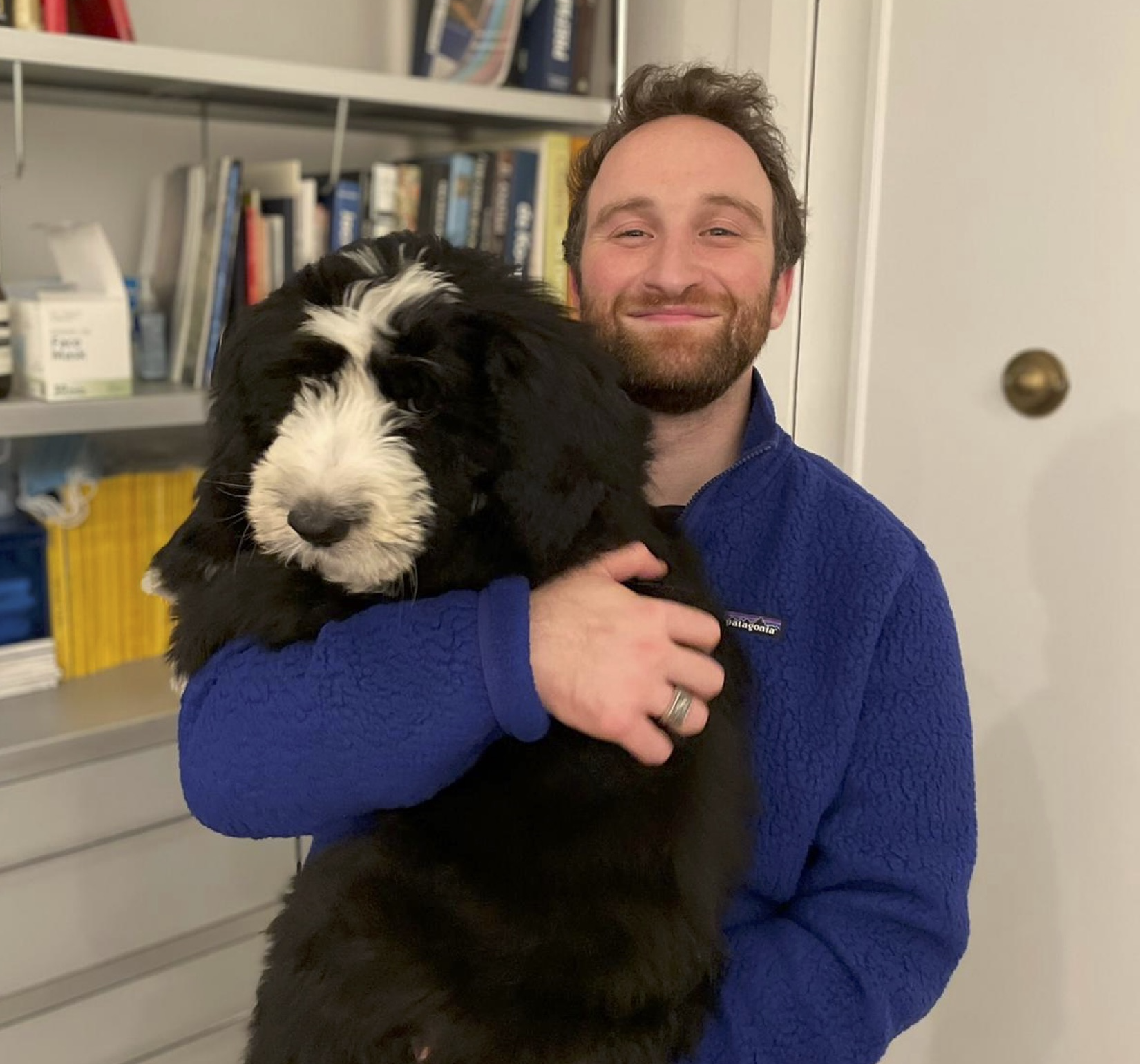About me
I’m a PhD student at Columbia University in the Department of Astronomy & Astrophysics. I received my bachelor’s from MIT in Physics with a Concentration in Astronomy and with Minors in Computer Science and Comparitive Media Studies in 2018. After MIT, I spent two years working as a part of the TESS Science Team at the Harvard & Smithsonian Center for Astrophysics. I am a NASA ExoExplorer, an LSSTC Data Science Fellow, and an AAS National Osterbrock Leadership Fellow.
I am passionate about mentoring younger scientists. I’ve worked with high school students on astronomy research through the Harvard SRMP since 2018, and I served as Co-Director of the program from 2021-2023. I am currently devloping a similar program at Columbia, that will start in Fall 2024.
Research Interests
My research focuses on exoplanets and the stars that they orbit. An exoplanet (short for extrasolar planet) is any planet outside of our solar system.
I am most interested in projects at the intersection of exoplanet astronomy and data science in the data-limited regime. A common theme in my work has been fusing dynamical constraints from varied observational techniques in order to study extrasolar planets, particularly in multi-planet systems, with a focus on planetary dynamics and architectures.
I am also the lead developer of the democratic detrender, a Python package for detrending time-series stellar photometry. The code has been extensively tested (>1000 stars) on Kepler and TESS light curves. A formal write-up and tutorial are forthcoming for the code.
Contact Me
Email: daniel.yahalomi@columbia.edu
Office: Pupin Hall, 538 West 120th Street, New York, NY
